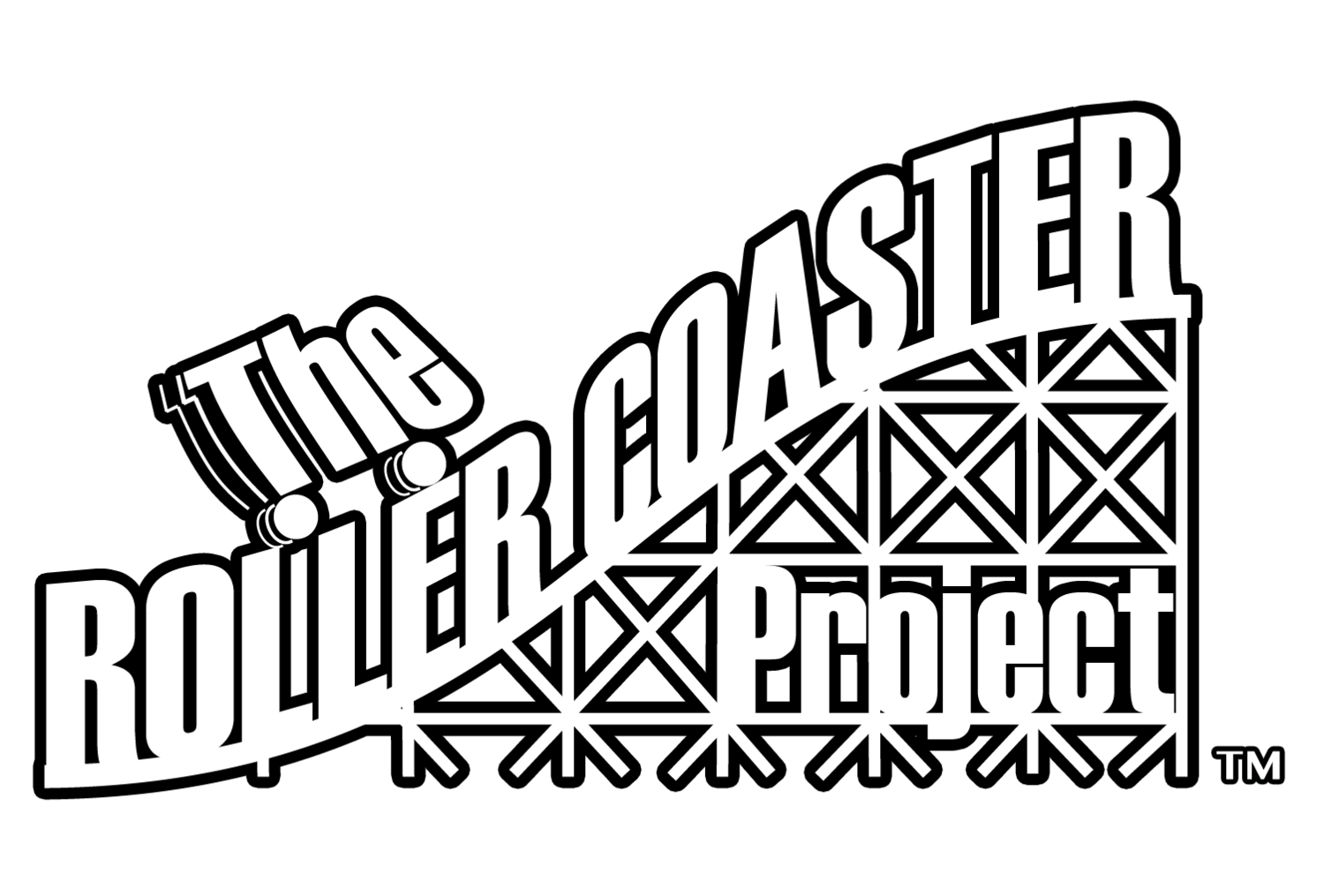When Things Suck
/First off, it’s been a while, I know. As I’ve been working, I have been thinking to myself about how many individual posts and updates must be completed across all platforms. Basically, I need a team to alleviate the burden of updating constantly. Yeah, maybe I’m being dramatic, but sometimes it’s difficult.
What have I been doing?
Most of what I have been doing is correcting many, many, many errors. There will be an update video-wise that addresses the errors, but for now this is a brief overview.
We Have Track (sort of)
If you remember, I had shifted design to both Autodesk Inventor and Matlab. With both of these programs, I began creating various programs to expedite the process to make track and final ride assemblies. Using Matlab specifically, I created some programs to produce ride centerlines at an extremely fast rate, while being more accurate in terms of continuity. I also used Matlab to produce rail position outputs for use in Inventor. To make modeling the track more simple in Inventor once Matlab produced data files, I wrote some Basic code to import data.
Before you think I’m the coolest around, I should let you know that I’ve never really programed a thing in my life. Sure we’ve all had some “fancy” class in undergrad where we use some backwards dated program for structural analysis only to find that the professor didn’t show us the simpler method. Yes, he was a d***. Either way… I had to learn some things and I spent some serious time creating fully functional programs that shorten my design process from a few weeks to a few minutes. Seriously, a few minutes.
Twisty (just a test…or things to come?)
As you can see, the programs worked pretty well…excluding the week long session of me pulling the remaining hair from the top of my head. Yes, baldness sucks, but that’s what the title implies. Keep going.
I now had a means to create smooth track sections since this little ride is not being built in the “traditional” sense with affixing laminates of wood at each support. Rather, this ride is more like a steel roller coaster incorporating prefabricated sections. Take that Rock Mountain Construction!
Now the problem…
Since I created some “fancy” design programs, I realized quickly that some of my segments didn’t mate smoothly. This is not something you want in life. Smooth transitions, people. Smooth. So…I redesigned the entire ride. Yes, I am THAT ridiculous to have worked so much previously only to change it and have to redo it all again. But more of that will be mentioned in the upcoming video.
So what sucks? Well, to make the newly design track sections from sheet material (much like the wooden supports), I needed to implement a method to flatten the often warped material. When sheet plastics are fabricated, they are typically rolled into large spools of material. When you buy, say, two feet worth of material, the wholesaler will unroll a portion and cut it to length. Once the plastic arrives in my hands, there will be all kinds of funky curves and warping. In order to mill accurate screw locations and lengths, I need a way to flatten it as much as possible. How do we do this for thin sheet material? One word (or two dummy): Vacuum Table.
The First Design (you kind of see where this is going, right?)
A simple vacuum table is a great workholding tool for sheet material. But, a vacuum table can also be extremely efficient when it comes to hold any type of material. That is to assume there is no open areas, porous material, high cutting forces…etc. So, it’s pretty much an “okay” form of workholding. But, when it comes to previously using doublesided tape to hold flat wooden sheets and small screws, this is the best method I can implement.
Now “The First One”
Beautiful and Wrong
After looking over many resources to build this little (kind of big) vacuum table, it kind of sucked. But it didn’t suck, at the same time. Trippy. Stay with me. For the vacuum table to work properly, you want plenty of airflow to pull the workpiece into the table. My over-engineering led to a nice looking failure. Basically, a week or more worth of work for limited suction. To sum it up: no suction kind of blows. See what I did there?
With no way to recover from this mistake of cutting too small of airducts (never do that if you make one), I had to try building a newer and simpler version.
Take 2
With this newer version of the vacuum table, I have nothing but airducts across the table’s grid pattern. Since I’m using a common wet/dry vacuum (let’s see if Rigid will sponsor me), this smaller table and this method will work well. Keep in mind that this is a DIY version and that more professional versions are made of plastic or aluminum (aluminium for you British people…you know who you are).
Standard Warping
For my initial test of the new vacuum table, that is once all the surfaces were sealed with wood finish so that no suction is wasted, I wanted to know if it could flatten my warped plastic track material. You kind of see where this is going, right?
Two Sheets Flattened
It was a suck-cess! And that joke blew. But, the vacuum table works as intended and the real struggle to flatten the plastic sheeting proved to be solved. So, now that I have the final designs, track modeled fully, and a method by which to hold these flat pattern sheets I can continue building this mighty mini wonder. Basically, this s*** sucks, but it doesn’t really suck.










